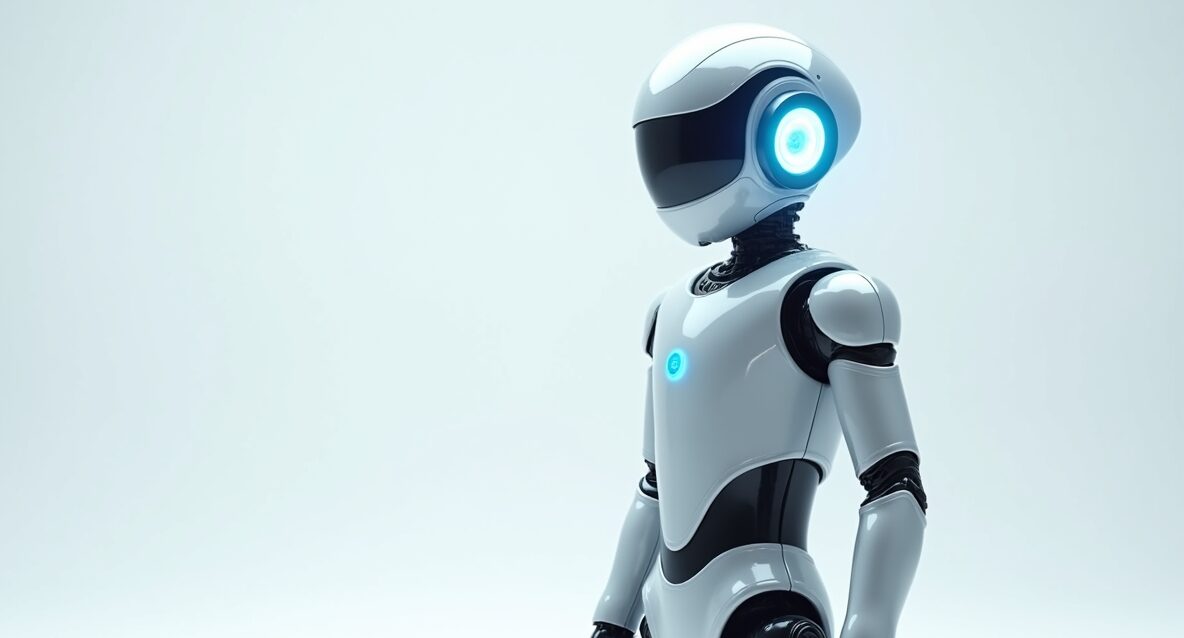Have you ever found yourself marvelling at how quickly artificial intelligence seems to be taking over our daily routines? I know I have. Lately, I’ve been feeling both excited and a little anxious—like a child on Christmas morning who’s not sure whether the present under the tree is something they wished for or a complete surprise. That’s precisely how I felt when I first heard whispers about OpenAI Sora.
Introduction
OpenAI Sora is the latest AI model to make waves in tech circles, but it still feels a bit like a well-kept secret. Rumours hint at an advanced system designed to solve complex linguistic tasks while delivering hyper-personalised responses. In other words, Sora might just change everything we thought we knew about AI.
Before we dive in, let me paint a quick scenario. Imagine you’re juggling six different chatbots at work—one for scheduling, one for customer support, one for data analysis, and so on. Each has its quirks. Now, suppose you replaced every single one with a single AI assistant capable of handling all those tasks simultaneously. Exciting, right? That’s the promise of Sora… or at least, what the hype suggests.
The Buzz Around Sora
In many ways, OpenAI Sora reminds me of the first time I tried an AI-powered language tool a couple of years back. It was like riding a bike without training wheels—thrilling and slightly terrifying. You’re not sure if you’ll end up soaring down the road, or tipping over the handlebars.
Today, the conversation around Sora has grown louder thanks to a new wave of generative AI models, each one claiming to be faster and more intuitive than the last. A recent niche industry report from Hugging Face’s LLM adoption survey (published just four months ago) highlighted a massive uptick in the use of large language models among smaller start-ups. Interestingly, it also noted that specialised models like Sora are seeing early adoption in industries such as finance and healthcare.
Why Sora Matters
Let’s be honest. We’ve all seen AI advancements labelled as “the next big thing.” But Sora stands out because it’s allegedly built on a multi-modal foundation—one that integrates text, image, and even voice data in a single framework. Picture yourself as a detective in a mystery novel. You want every clue in one place, neatly categorised and ready to unravel. That’s what Sora attempts to do with your data.
This could be especially game-changing for professions that rely on quick yet accurate decisions. Doctors could benefit from a single interface that processes medical images, lab results, and patient histories at once—like having a Swiss Army knife that also speaks seven languages.
A Word of Caution
I’ve heard sceptics claim that Sora is all smoke and mirrors. They argue it’s just another AI model wearing a flashy name. I get it—there’s always that nagging worry about over-promising and under-delivering. But that’s our reality.
At the same time, I find it hard not to be at least a bit curious. After all, if a system like Sora genuinely streamlines tasks we usually spend hours on, it could free us to focus on more creative, human-centric work. You know, the stuff that makes us feel alive and not just glued to our screens.
The Bigger Picture
The adoption of innovative AI tools is picking up speed globally. From recent headlines, we can see entire governments racing to integrate AI into public services—like the UK’s current push for AI ethics frameworks to protect users. With Sora possibly in the mix, the conversation expands. We’re no longer just debating the merits of automation; we’re exploring whether we can trust advanced AI to handle critical processes responsibly.
I like to think of Sora as a puzzle piece in a sprawling mosaic—one that’s still being assembled. While some might say it’s too soon to tell if Sora will be a genuine trailblazer, it’s not too soon to pay attention. And if it performs as promised, you can bet a lot of people will be singing its praises.
Conclusion
For now, OpenAI Sora remains partly shrouded in mystery. We’re all waiting to see if it lives up to the promises, the rumours, and the heady buzz. As someone who’s seen AI come a long way in just a few short years, I’m hopeful. After all, the future is only as bright as the tools we create—so let’s keep our eyes open, our curiosity alive, and our doubts on the table. That’s how progress happens, one cautious step at a time.
It’s worth it.




